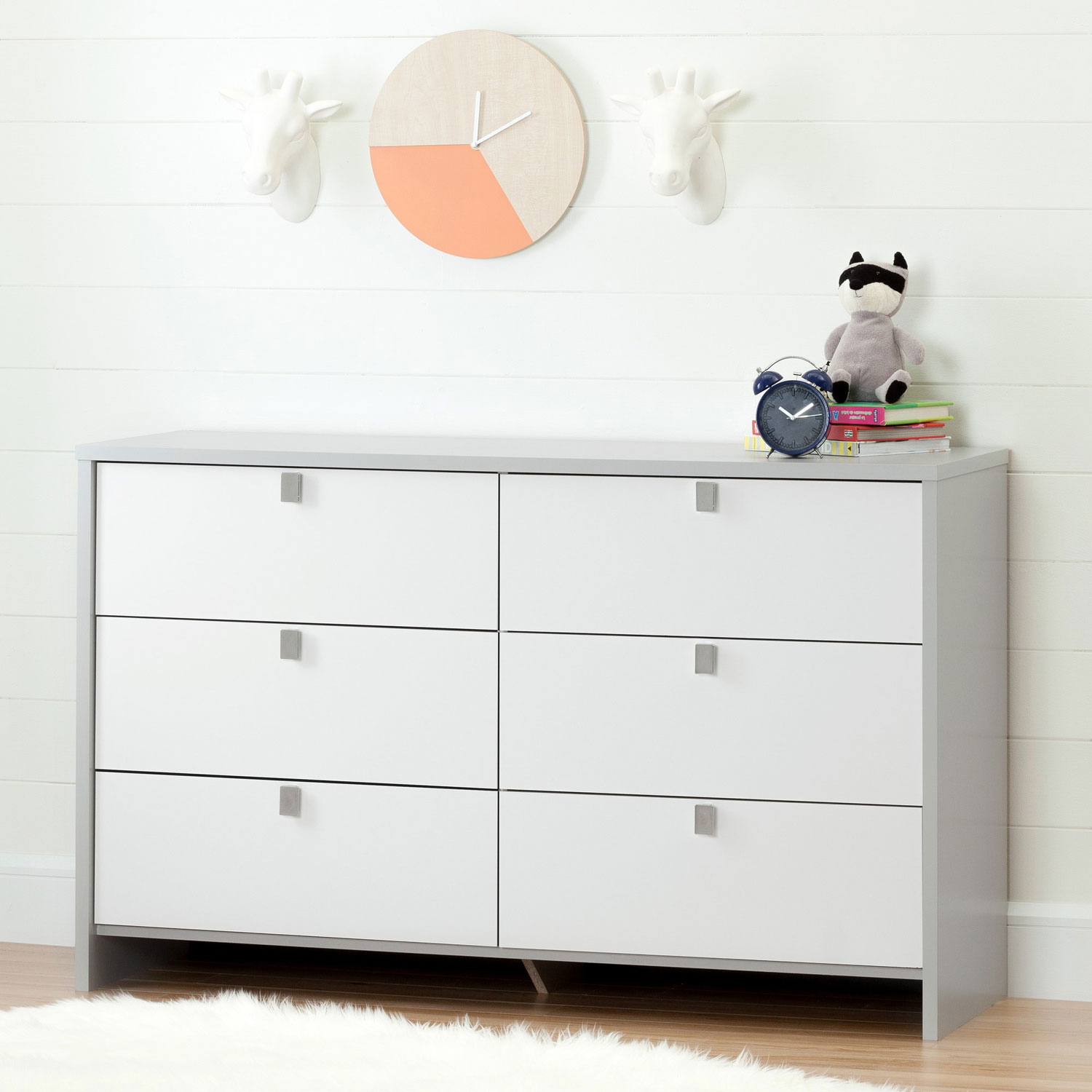 Preparing for your baby to arrive is a whirlwind experience! There’s so much to do: setting up the nursery, buying clothes and gear, installing a car seat, and, of course, baby proofing.
Preparing for your baby to arrive is a whirlwind experience! There’s so much to do: setting up the nursery, buying clothes and gear, installing a car seat, and, of course, baby proofing.
Most parents know the baby proofing basics: covers for outlets and door knobs, safety latches for drawers and cupboards, and nonskid strips for the bathtub. But have you ever thought about the potential hazard of bookshelves and dressers?
It’s terrifying to think about a large piece of furniture toppling onto your child, but with a few simple baby proofing solutions, you can have peace of mind knowing that your baby will be safe once she’s on the move.
When should I start baby proofing?
It’s never too early to begin baby proofing your home. If you can manage it, you can start as soon as you find out you’re expecting.
Set aside some time to do a walk-around in your house. Scan each room for potential hazards: furniture, electrical outlets, cords, house plants, stairs, drawers, etc. Write down a list of baby proofing items you’re going to need, and how many of each.
If you can’t manage to start baby proofing during pregnancy, you can wait until your baby has arrived. At the very latest, your home should be fully baby proofed by the time your child starts to crawl.
Why do I need to baby proof bookshelves and dressers?
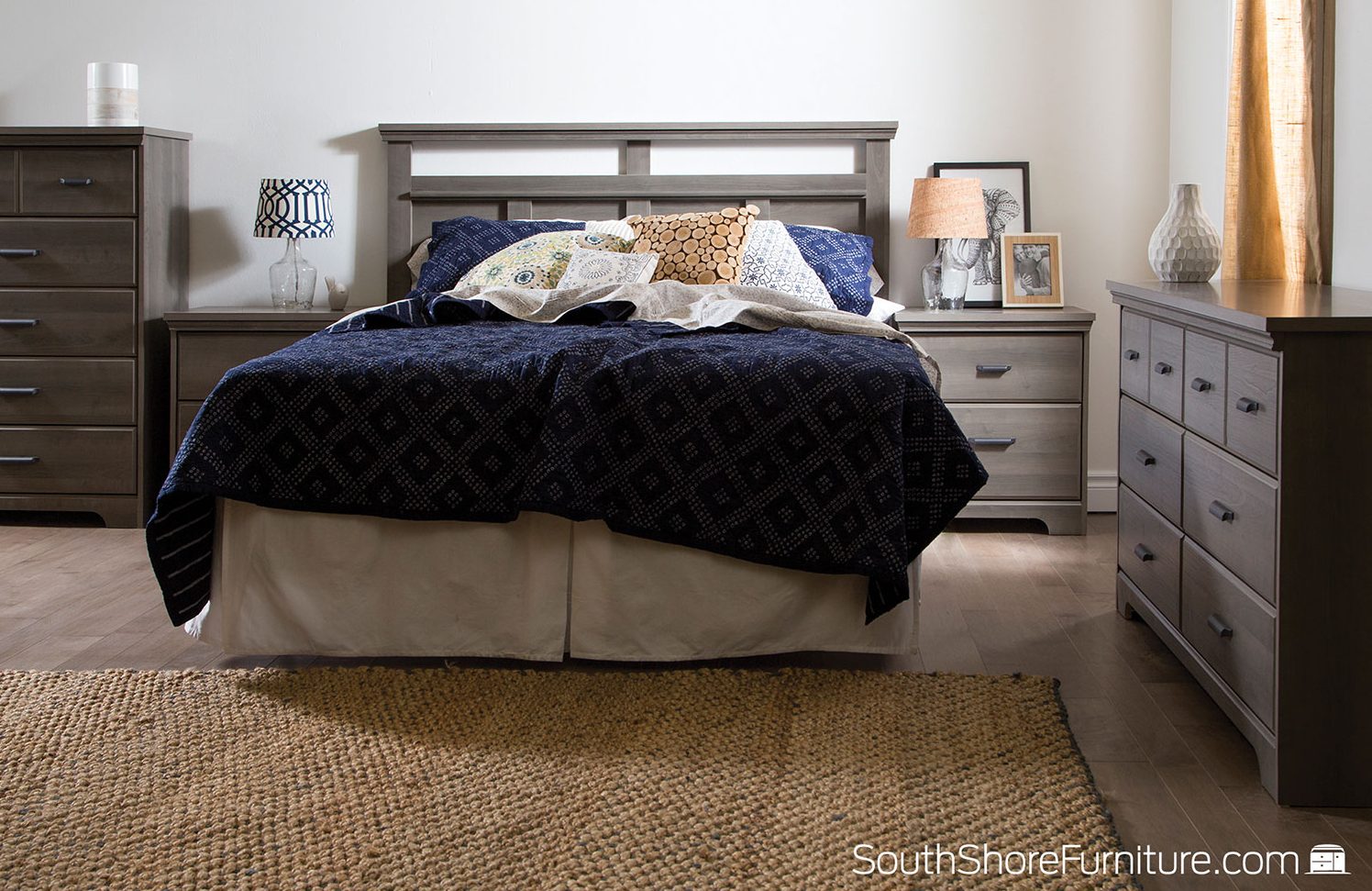 Bookshelves and dressers are some of the most important items in your house to baby proof. They are large, heavy pieces of furniture that have the potential to cause serious injury to a child.
Bookshelves and dressers are some of the most important items in your house to baby proof. They are large, heavy pieces of furniture that have the potential to cause serious injury to a child.
Babies who are cruising will pull themselves up using any piece of furniture they can grab ahold of. Pulling themselves up using a bookshelf could cause the shelf to tip in their direction and fall on top of them. Children can pull out the drawers of a dresser and use them as a ladder to climb up, causing the dresser to tip over with the extra weight.
And since babies, toddlers, and children are little explorers, if you want to protect your belongings and your child, baby proofing your bookshelves and dressers is key. You’ll want to make sure that any items you don’t want them playing with are well out of reach. This includes anything sentimental or important to you, as well as things that could be dangerous to a child.
How to baby proof bookshelves and dressers
The first step when baby proofing a piece of furniture is to rearrange the items on shelves and in drawers. Scan for small items that could be choking hazards and move them to a different location. Place any heavy, decorative objects into boxes and put them into storage. You’ll want to move anything you don’t want your baby playing with to a higher location, out of your little one’s reach.
Drawers need to be baby proofed too. There are several different options available for keeping drawers locked, such as traditional plastic latches, magnetic locking systems, and straps. Plastic latches are the most affordable option, while magnetic locks will be a bit more of an investment.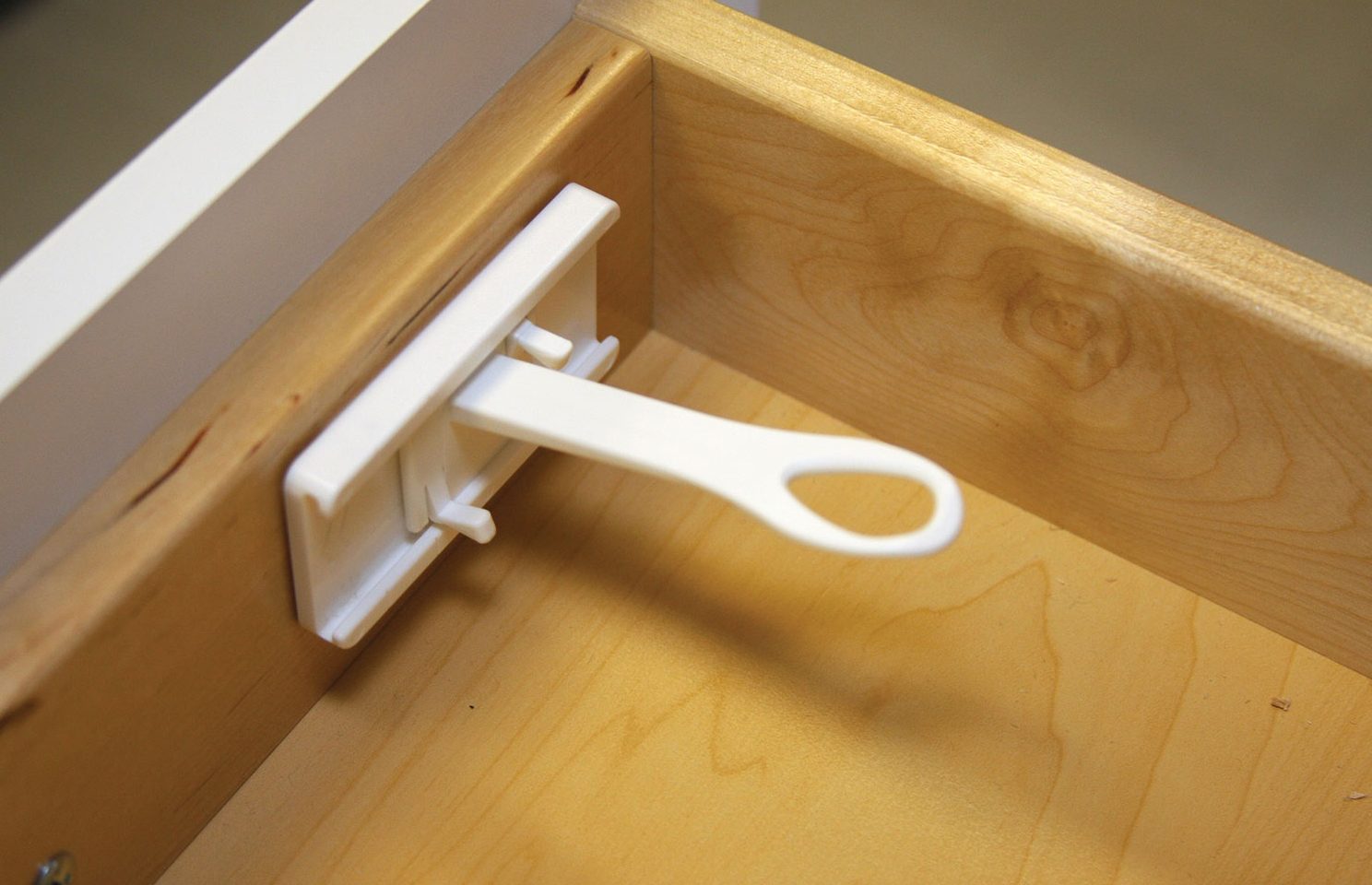 You might even want to go all-out and baby proof the corners of the furniture. An easy way to do this is to use some old towels to wrap the edges. Just cut them to the size you need and tape them to the shelf. That way, if your child trips and falls, he won’t hurt himself on sharp corners.
You might even want to go all-out and baby proof the corners of the furniture. An easy way to do this is to use some old towels to wrap the edges. Just cut them to the size you need and tape them to the shelf. That way, if your child trips and falls, he won’t hurt himself on sharp corners.
If you’re worried about the aesthetic look of taping towels to your furniture, you can always just keep the whole area around the bookshelf or dresser off limits by using a wide and adjustable baby gate. The bendable panels allow you to customize the shape of the gate. This type of gate is perfect to use in front of furniture and fire places, or in areas where the distance between the walls is too wide for a regular baby gate.
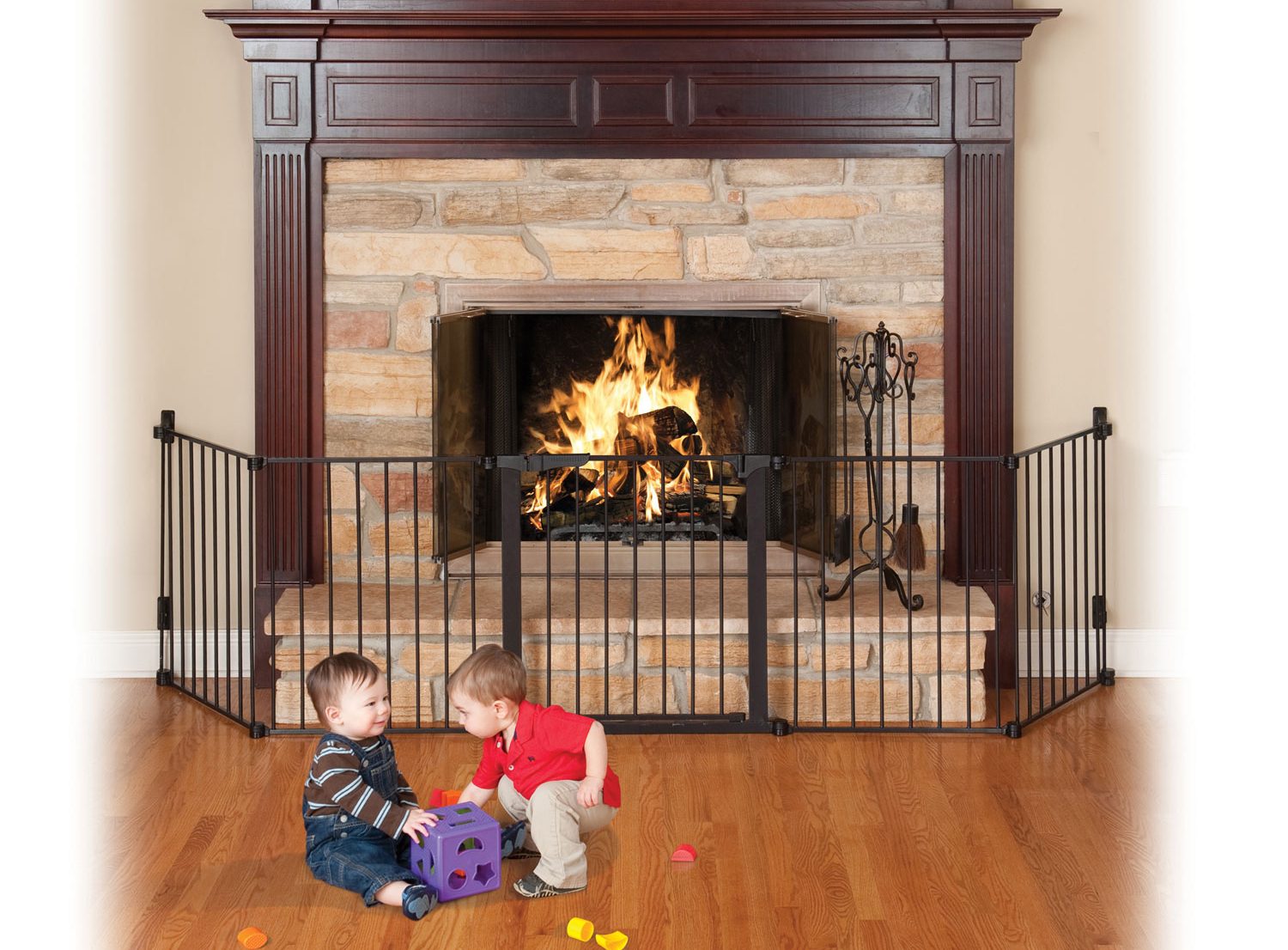
Next, you’ll need to secure your furniture to the wall. Many pieces of furniture come with anchors—especially baby furniture, like change tables—but if it doesn’t, or you tossed it out after you bought it, there are a couple different options for preventing your furniture from tipping over: anti-tip wall straps and wall brackets. Regardless of which option you choose, there are a few general steps to follow to make sure your furniture is anchored in properly.
Step 1: Purchase enough anchors
An average piece of furniture requires two anchors: one for each end. But if your bookshelf or dresser is particularly wide or tall, you’ll need additional anchors to give it enough support.
Step 2: Find your anchoring points
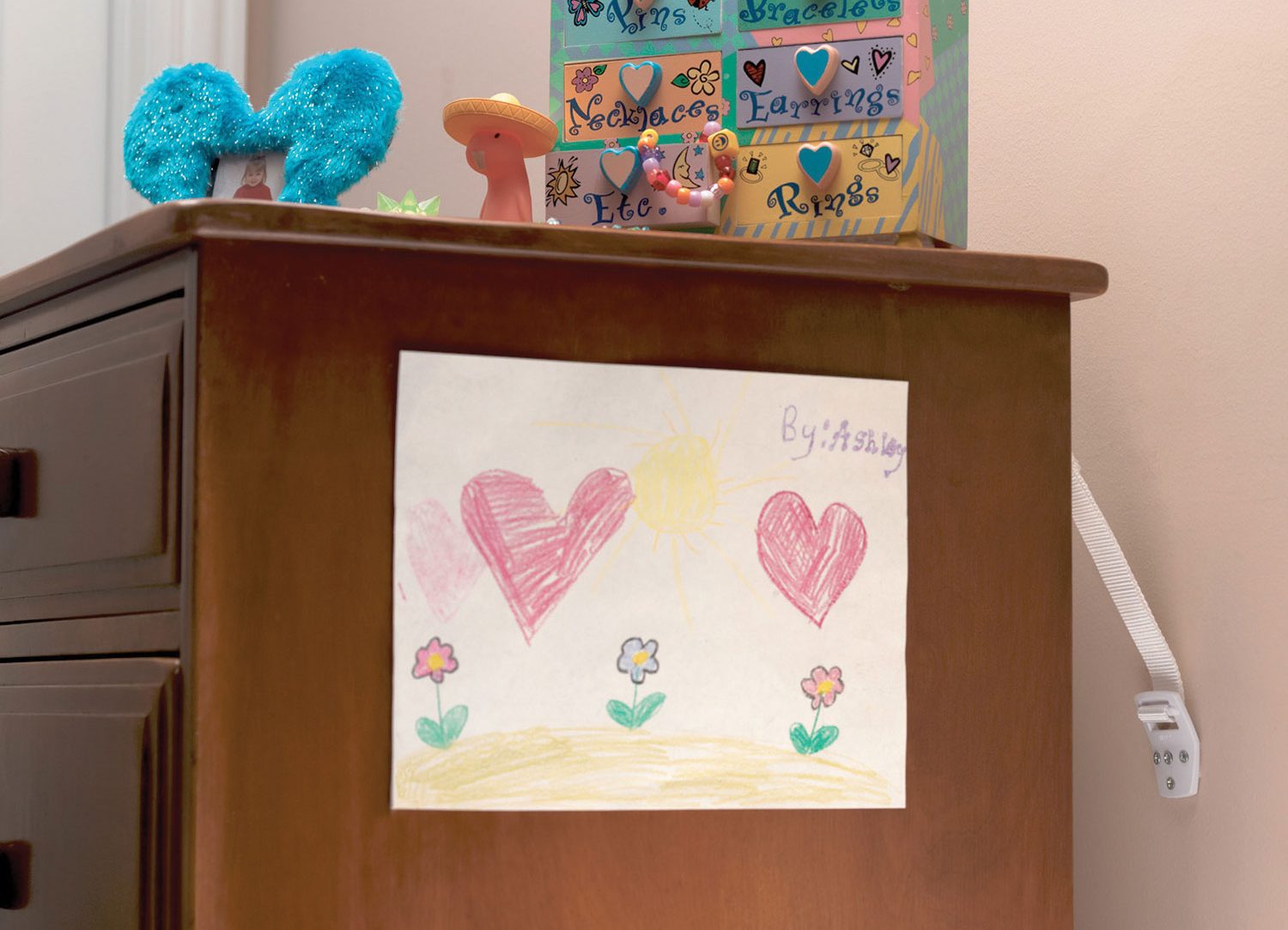 There are two things you need to do to make sure your furniture is anchored in properly.
There are two things you need to do to make sure your furniture is anchored in properly.
First, you need to make sure you choose a solid piece of wood on the back. Some bookshelves and dressers come with a thin piece of material attached to the back that isn’t thick enough to hold a screw. If you attach it to that piece, it won’t be able to withstand the weight of a child pulling or climbing.
Second, you need to anchor the other end into a wall stud. You can purchase a stud finder to help you locate the studs in the wall.
Step 3: Tighten and check
Make sure the furniture anchors are tight at both anchoring points. Check on them regularly to make sure they’re still tight.
The best baby proofing is a watchful eye
As important as it is to baby proof your home, you’ll still need to keep a close eye on your little one. No matter how much you try to anticipate the hazards in your home, you can’t possibly think of everything. Supervising your child at all times is the best way to make sure they stay safe. Babies and toddlers especially should never be left unattended, unless they’re in their crib or play pen.
Visit Best Buy online for all your furniture, baby, and childproofing needs.

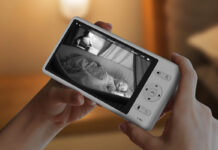
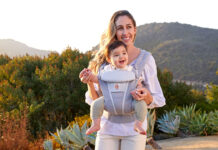
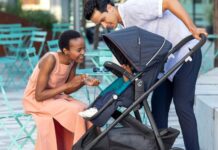
i loved the blog.
Comments are closed.